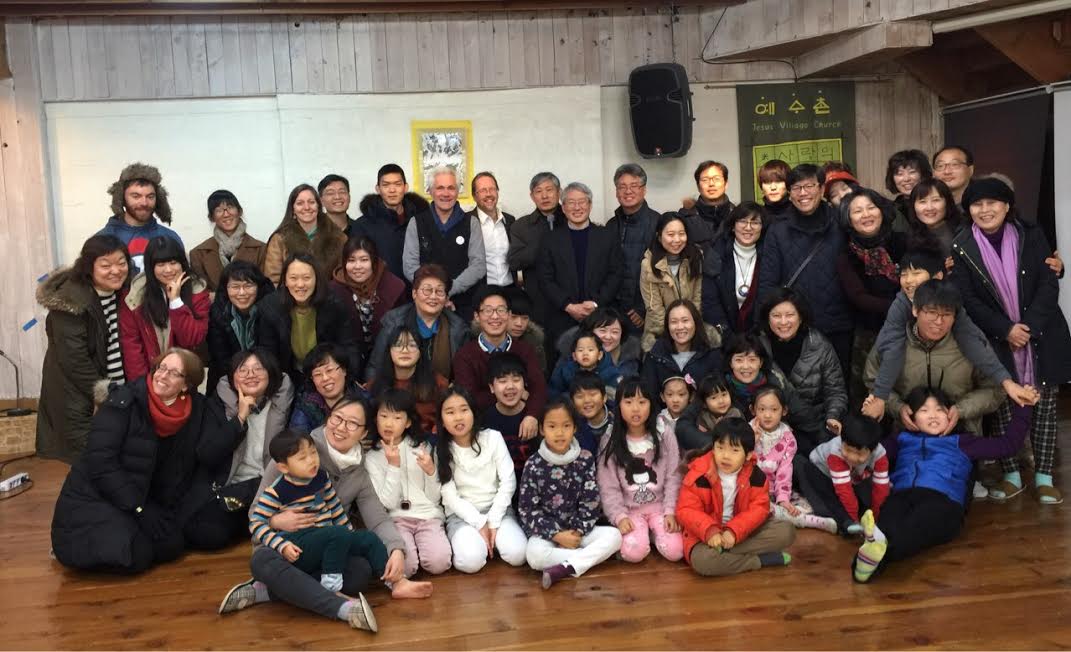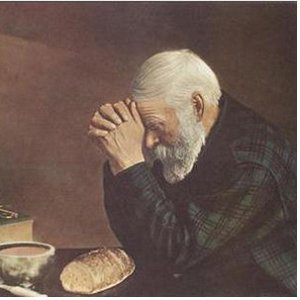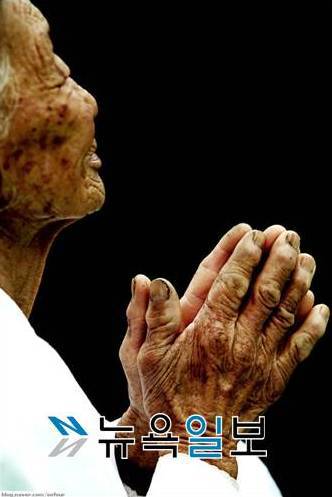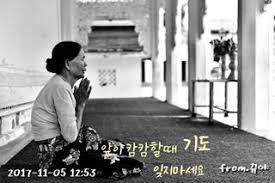KAC Timeline
2001
- KAC opening in Seoul (Nov 2)
- Founding members include Tim Froese, KyongJung Kim, and Lee JaeYoung, as well as 3 steering committee members (Lee YoonShik, Ahn Daniel, and Cha SungDo from Jesus Village Church)
- Supporters include JVC, MVS grads, other individuals
- Sheldon Sawatzky visited and gave a message at the opening worship service
- Publications include:
- Anabaptist history and confession
~ A combined book of small articles on Anabaptism and
~ The Confession of Faith in a Mennonite Perspective
- Anabaptist history and confession
2002
- KAC Library is set up
- Education
- Victim and Offender Mediation Program at Soongsil University
~ Erwin Wiens – guest speaker, Lee JaeYoung- KAC staff
- Victim and Offender Mediation Program at Soongsil University
- Service Work: IVEP
- Kim JiYun – KAC’s first Korean IVEPer, served in Canada
- Networking
- MMN Learning tour led by Stanly Green
- Kim KyongJung visit to Canada
- MC Canada office, Charleswood Mennonite Church, Pandora Press
- Office location changed
2003
- Major Event: US invade Iraq
- Sister Ryu Eun-Ha witnessed to the violent situation for Peace and Justice
- SIV(Salam Iraq Volunteers) include:
~ A group of Korea volunteers organized and sent to Iraq for service and relief work
~ The Frontiers, Dongahn Presbyterian Church, and KAC
- Publications
- Anabaptist Seeds – Arnold Snyder
- Is a peace church possible – Alan Kreider
- Peace education
- World Friendship Center invited KAC staff to visit Hiroshima in Japan for peace education and networking purposes
- Peace and Peer Mediation Workshop led by Robert Harries and Lee Jae Young
- Lee JaeYoung participated in MPI (Mindanao Peacebuilding Institute) in Philippines
- Peacebuilders education program
- Guest speakers include Alan and Elenore Kreider, teaching on the Early Church and Anabaptism
- Service Work
- IVEP: Ko Il-Young served in Ontario, Canada
- SALT: Anita Streicher from Canada
- CMU Intern: Cheryl Woelk from Canada
- Networking
- Lee Wheeler (MCC worker) shared his trip to North Korea as an agricultural specialist
- House of Sharing (A shelter for women under Japanese colonization)
- Mennonite World Conference in Zimbabwe
~ JVC became an associate member of Mennonite World Conference
~ Tim Froese, Kim KyongJung, and Erwin Wiens participated in the event
2004
- Publications
- Worship and Evangelism in Pre-Christendom by Alan Kreider
- Guest speakers Harry and Agnus Huebner from CMU, Canada
- Service Work
- IVEP: Kim HongSeok, served in USA
- SALT: Rachel Vermeer from Alberta, Canada
- Networking
- AMC (Asia Mennonite Conference) executive committee gathering
- A Hibakusha from World Friendship Center visited
- House of Sharing
- Tim Forese family returned to Canada
- KAC’s English language Institute, Connexus, is started
2005
- Publications
- Building on the Rock
- Mennonite Story
- Peace and reconciliation as a new paradigm
- Guest speaker Jacob Elias from AMBS
- Peace education
- Service Work
- IVEP: Seo Eunji served in BC, Canada
- SALT: Lauen Sauer and Douglas Friesen from Ontario Canada
2006
- Major event: Asia Anabaptist Discipleship Training Program (AADT)
- Guest speakers
- Tom Yoder Neufeld
- Anthony Brown
- Education
- Theological Joint Consultation together in Macao for Anabaptist Seminary
- Conflict Prevention Seminar
- Service Work
- IVEP: Oh Eun Kyung served in MCC office, Akron, Pennsylvania, USA
- SALT: Kevin Leeder
- Networking
- Helped church-to-church exchange program
- Trip to visit Japanese Mennonite churches in Tokyo area
- Korean Anabaptist Mission Fellowship (KAMF) formed
2007
- Publications
- Mediation training manual
- Hutterite life
- Confession of faith in a Mennonite perspective
- Discipleship as political responsibility
- Education
- Hun Lee
- Christian Peace Academy
- Hizakias Asefa
- Service Work
- SALT
- Networking
- Grace and Peace Mennonite Church
- Korean association of church community
- Korean Anabaptist Mission Fellowship (KAMF)
2008
- Publications
- The History of the Hutterites – John Hofer
- Claus Felbinger’s Confession of 1560
- The Radicals DVD – Korean subtitles
- Work and Rest in Biblical Perspective – Waldemar Janzen
- Guest Speakers Mark and Mary Hurst
- Anabaptism and Homeschooling
- Peace education
~ Conflict Resolution
~ Restorative Justice
- Service Work
- SALT: Sarah Wilson, served in Sarangbang Community Church
- Networking
- Korean Anabaptist Mission Fellowship (KAMF)
2009
- Publications
- Anabaptist Vision
- Ein Esndbrief Bruederliche Gemeinschaft das hoechste Gebot der Liebe Betreffend – Andreas Ehrenpreis, 1652
- Education
- Christian Peace Academy
- Speakers Pat and Earl Martin
- Networking
- North East Asia Regional Peacebuilding Institute (NARPI) – first year; network-building stage
- Peace camp in China
- Dandelion Community
- Bible Korea
- MCC Korea Reunion
- Korean PAX team visited Hiroshima and Nagasaki, Japan
- Mennonite World Conference
- Korean Anabaptist Mission Fellowship (KAMF)
- KAC 8th anniversary
- KAF 1st gathering in LA
2010
- Publications
- Dying to Live with Christ – Merle Ruth
- Journey Toward Reconciliation – John Paul Lederach
- How Christians made peace with war – John Driver
- Changing Lenses – Howard Zehr
- Education
- Parmer Becker
- Al Fuelutes – Trauma Healing
- Kim ChangKyu – Hubmiar’s view on Anabaptist salvation
- Restorative Justice
- Networking
- North East Asia Regional Peacebuilding Institute (NARPI) – second year; foundation-laying stage
- Peace camp in China
- KAC 9th anniversary
- KAF 2nd gathering in Calgary, Canada; 3rd gathering in ChunCheon, Korea
2011
- Education
- Peace-building workshops led by Joe and Janet Campbell
- Service Work
- IVEP: Park Jin Ju served in Elmira, Ontario; Song Yeoreum served in Pennsylvania, USA; Kim Seung-Hwan, served in Denver, Colorado
- Networking
- North East Asia Regional Peacebuilding Institute (NARPI) – third year; operation stage
- Peace camp in Korea
- KAC and Connexus separate; KAC moves to ChunCheon city and Connexus moves to Deokso
- KAC 10th anniversary
2012
- Education
- Kingdom builders led by Erv Wiens
- Boundary workshop led by Marian Wiens
- Service Work
- IVEP: Jung Su-Hyun serving in Pennsylvania, USA
- SALT: Deborah Wiens from British Columbia; Alexandra Loeppky and Jessica Klassen from Manitoba
- YAMEN: Cindy Tristiantanri from Indonesia
- Networking
- Asia Anabaptist Diakonia Conference held in Salatiga, Indonesia
- MCC Korea Reunion
- Global Anabaptist Service Network
- MWC general council























Comments
CHURCHMEMBERSHIP
Add new comment